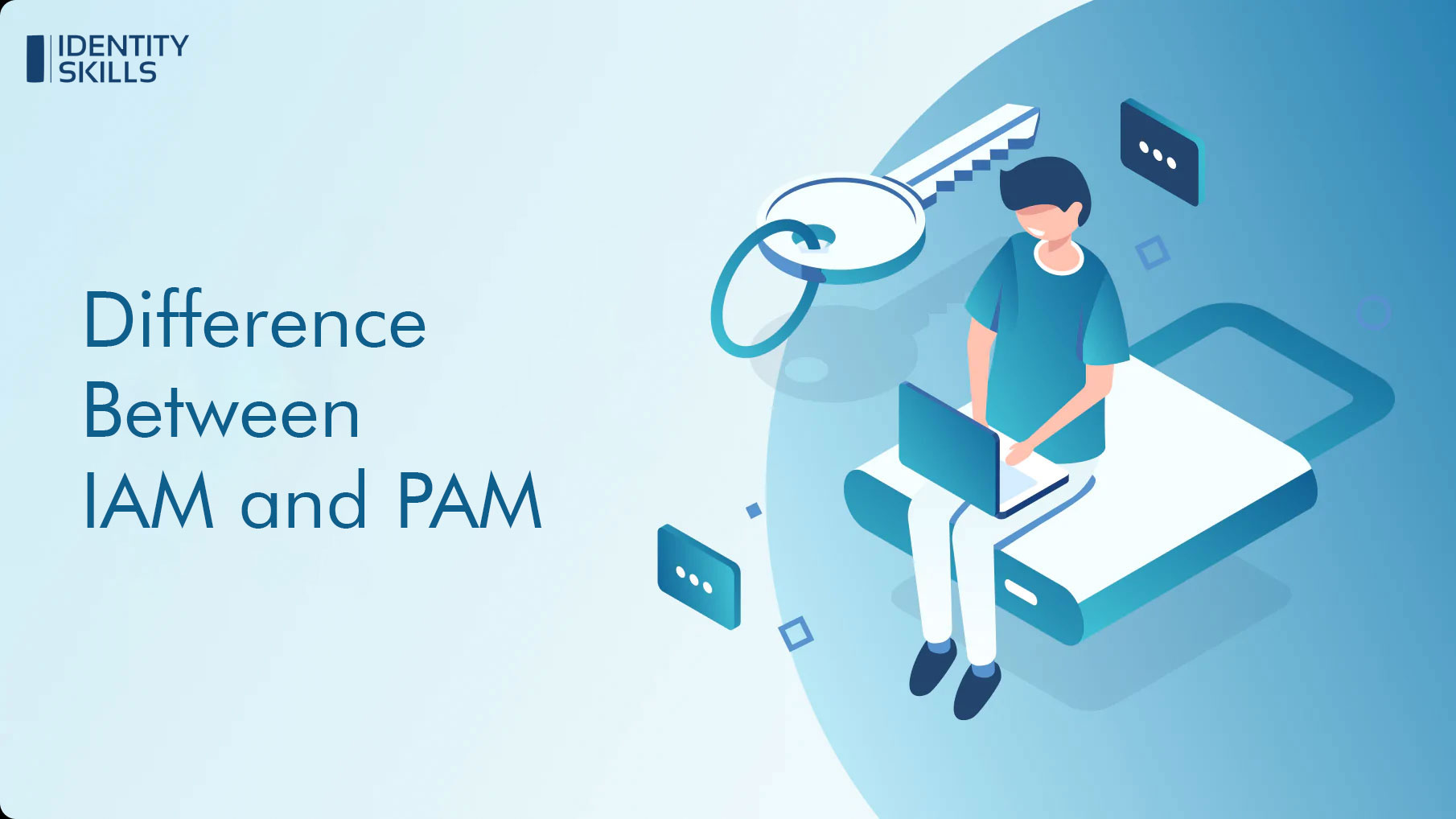What is IAM – Identity Access Management?
A user’s access to an organization’s resources is control through identity access management. This includes the ability to identify an individual, authenticate their identity and then grant or deny them access based on their permissions.
IAM can be a challenge because it involves two very different kinds of users: those who need access to your systems and those who need to authenticate themselves. Both types of users are often in different locations at different times. There must be a way for them to communicate with each other without having to share information about themselves.
For example, if you’re a small business owner who doesn’t have much money for security software, you may want to use email for authentication instead of using biometrics like fingerprints or retinal scans. But if you’re running a large corporation with lots of employees who need secure access from anywhere in the world, then it makes more sense to use biometrics and passwords instead of email verification.
IAM allows you to manage your user accounts and access rights, as well as control who has access to your resources. You can add users, groups, roles, and policies for each user or group of users. IAM also serves as a single point of contact for customers who need help with security issues or technical support
Strengths of IAM
The strength of identity and access management systems is the ability to protect customers, employees, and partners from risk.
Businesses use IAM structures to make sure that the best-authorized users have to get admission to their facts. This helps prevent data breaches that could result in legal action and tarnish a brand’s reputation.
IAM also ensures that only authorized users have access to certain information. So they cannot steal it or sell it on the black market. Identity theft and fraud, cost businesses millions of dollars each year. It can avoid with the use of IAM.
IAM can also help prevent cyberattacks by issuing security tokens for each user, enabling them to prove their identity before accessing critical infrastructure or sensitive data within an organization.
What is PAM – Privileged Access Management?
PAM is a security feature that regulates access to system resources and functions. It is a framework for managing authentication, authorization, and session state. PAM supports several administrative functions, including:
Authentication – The means by which a user is identify. This involves verifying the identity of the user and granting him or her access to resources on the system.
Authorization – The means by which a user is granted access to specific resources on the system. It may be based on privileges assign by an administrator who has greater control over the system than other users or administrators.
Session management – The set of functions performed during a given interaction between a client and server in which the client requests services. But does not have full privileges over those services.
Strengths of PAM
The strength of PAM is that it allows you to secure your environment. By defining what resources are accessible to what user groups. It also allows you to define the privileges for each resource. So that only users with the correct level of access can access the information.
You can also set up policies for each resource, such as whether or not it should be encrypted. If it should be accessible from a mobile device so that no one but authorized users has access to it.
A key difference between IAM and PAM
Privileged access management and identity access management are two different concepts. It is about controlling which users can access specific resources. Identity access management is about controlling how that user gets access to a resource.
Privileged access management (PAM) is the process of managing the access rights of a user to a particular system or application. PAM allows you to define who can use your computer and what they are allowed to do on it. You can choose to only let people who know your password use your computer, or you can allow anyone with a username and password to log in.
Identity access management (IAM) controls what information is store in an organization’s network. How the information is access by other organizations or individuals. IAM also ensures that only authorized individuals have access to data stored within an organization’s environment.
Conclusion
IAM and PAM both play a vital role in enforcing your enterprise security policy. Both of them are used to manage users and authorization systems effectively but they are very different in their applications. We hope now you have a clear understanding of what IAM and PAM are, and what is the difference between them.
For the hybrid future of work, a complete cybersecurity system that integrates IAM and PAM technologies to give protection via the cloud is essential. Check out these resources to learn more about online sailpoint training, Okta Training, and cyberark training in India.

